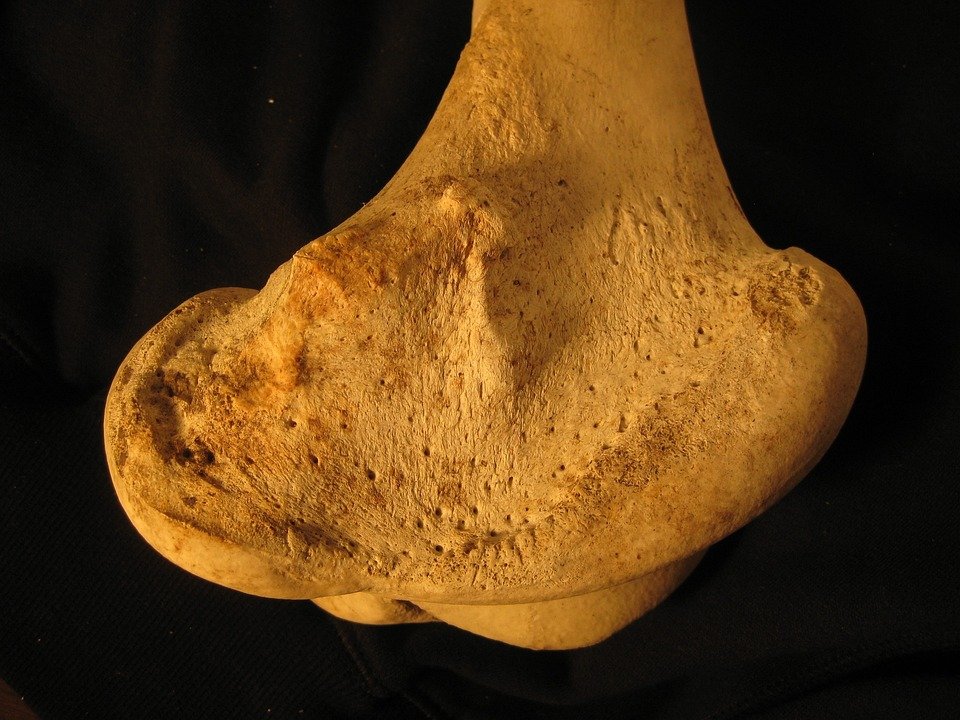
Sciatica pain can be incredibly debilitating, causing sharp, shooting pain that radiates from the lower back down the legs. This condition can make it difficult to perform daily activities and can significantly impact your quality of life. Fortunately, there are several effective ways to find relief from sciatica pain. In this article, we will discuss 10 methods that can help alleviate your symptoms and improve your overall well-being.
1. Stretching and Exercise

Regular stretching and exercise can help relieve sciatica pain by improving flexibility, strengthening the muscles surrounding the sciatic nerve, and reducing inflammation. Some effective stretches for sciatica pain include hamstring stretches, piriformis stretches, and lower back stretches. Additionally, low-impact exercises such as walking, swimming, and yoga can help alleviate symptoms and prevent future flare-ups.
2. Heat and Cold Therapy

Applying heat and cold therapy to the affected area can help reduce inflammation and alleviate sciatica pain. Heat therapy, such as using a heating pad or taking a warm bath, can help relax tense muscles and improve blood flow to the affected area. Cold therapy, such as applying an ice pack, can help reduce swelling and numb the pain.
3. Over-the-Counter Pain Medication

Over-the-counter pain medication, such as ibuprofen or acetaminophen, can help alleviate sciatica pain and reduce inflammation. It is important to follow the recommended dosage and consult with a healthcare provider before taking any medication, especially if you have any underlying health conditions.
4. Physical Therapy
Physical therapy can be an effective treatment for sciatica pain, as it can help improve flexibility, strengthen muscles, and correct posture. A physical therapist can create a customized treatment plan that includes exercises, stretches, and manual therapy techniques to alleviate symptoms and prevent future flare-ups.
5. Chiropractic Care
Chiropractic care can help alleviate sciatica pain by using spinal adjustments to correct misalignments and relieve pressure on the sciatic nerve. A chiropractor can also provide recommendations for at-home exercises and stretches to help manage symptoms and improve spinal health.
6. Massage Therapy
Massage therapy can help reduce muscle tension, improve circulation, and alleviate sciatica pain. A licensed massage therapist can target the affected area and use techniques such as deep tissue massage, myofascial release, and trigger point therapy to provide relief and promote healing.
7. Acupuncture
Acupuncture is a traditional Chinese medicine practice that involves inserting thin needles into specific points on the body to promote healing and relieve pain. This holistic approach can help alleviate sciatica pain by restoring balance to the body’s energy flow and reducing inflammation.
8. Ergonomic Support
Improper posture and ergonomics can contribute to sciatica pain by putting excess strain on the lower back and sciatic nerve. Investing in ergonomic support, such as a supportive chair, standing desk, or lumbar cushion, can help alleviate symptoms and prevent future flare-ups.
9. Mind-Body Techniques
Mind-body techniques, such as mindfulness meditation, deep breathing exercises, and progressive muscle relaxation, can help reduce stress, improve sleep, and alleviate sciatica pain. These techniques can help promote relaxation, reduce muscle tension, and enhance overall well-being.
10. Supportive Footwear
Wearing supportive footwear with proper arch support and cushioning can help alleviate sciatica pain by providing stability and reducing pressure on the lower back and legs. It is important to choose shoes that fit well and provide adequate support to prevent exacerbating symptoms.
FAQs:
1. What causes sciatica pain?
Sciatica pain is typically caused by compression or irritation of the sciatic nerve, which is the longest nerve in the body. This can be due to a herniated disc, spinal stenosis, muscle tension, or other underlying conditions.
2. How long does sciatica pain last?
The duration of sciatica pain can vary depending on the underlying cause and severity of symptoms. In some cases, sciatica pain may resolve on its own within a few weeks, while others may experience chronic or recurring symptoms.
3. Can sciatica pain be prevented?
While it may not always be possible to prevent sciatica pain, there are several lifestyle changes and preventive measures that can help reduce the risk of developing symptoms. This includes maintaining good posture, staying active, avoiding prolonged sitting, and using proper lifting techniques.
4. When should I see a healthcare provider for sciatica pain?
If you are experiencing severe or persistent sciatica pain, numbness or weakness in the legs, or difficulty controlling bladder or bowel function, it is important to seek medical attention immediately. These symptoms may indicate a more serious underlying condition that requires prompt treatment.
5. Can sciatica pain be treated without surgery?
In many cases, sciatica pain can be effectively treated with non-surgical methods such as stretching, exercise, physical therapy, chiropractic care, and other conservative treatments. Surgery is typically considered as a last resort for severe or refractory cases of sciatica pain.
6. Is it safe to exercise with sciatica pain?
While it is important to consult with a healthcare provider before starting any exercise program, gentle stretching and low-impact exercises can be safe and beneficial for alleviating sciatica pain. It is important to listen to your body, avoid activities that exacerbate symptoms, and gradually increase intensity as tolerated.
7. Can massage therapy help with sciatica pain?
Massage therapy can be a beneficial treatment for relieving muscle tension, improving circulation, and reducing pain associated with sciatica. A licensed massage therapist can use various techniques to target the affected area and provide relief.
8. How long does it take to recover from sciatica pain?
The recovery time for sciatica pain can vary depending on the underlying cause, severity of symptoms, and treatment approach. In many cases, symptoms may improve within a few weeks with conservative treatments, while others may require ongoing management to prevent future flare-ups.
9. Are there any home remedies for sciatica pain?
In addition to the aforementioned methods, there are several home remedies that can help alleviate sciatica pain, such as using a heating pad, practicing good posture, applying essential oils, and using herbal supplements. It is important to consult with a healthcare provider before trying any home remedies to ensure safety and effectiveness.
10. Can stress worsen sciatica pain?
Stress can exacerbate sciatica pain by increasing muscle tension, reducing blood flow, and triggering inflammation in the affected area. Mind-body techniques, such as mindfulness meditation and deep breathing exercises, can help reduce stress and alleviate symptoms associated with sciatica pain.
In conclusion, finding relief from sciatica pain can be a challenging and frustrating experience. However, by incorporating a combination of the aforementioned methods, you can effectively manage symptoms, improve your overall well-being, and prevent future flare-ups. It is important to consult with a healthcare provider to determine the underlying cause of your sciatica pain and create a personalized treatment plan that meets your individual needs. With patience, persistence, and a comprehensive approach, you can find relief from sciatica pain and regain control of your life.

Discover more from Bibliobazar Digi Books
Subscribe to get the latest posts sent to your email.


